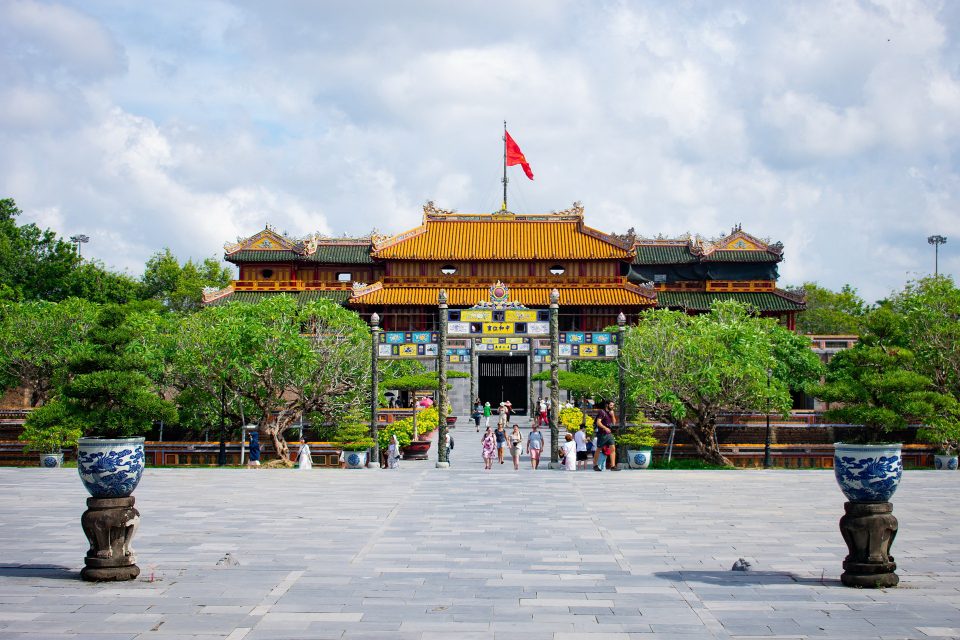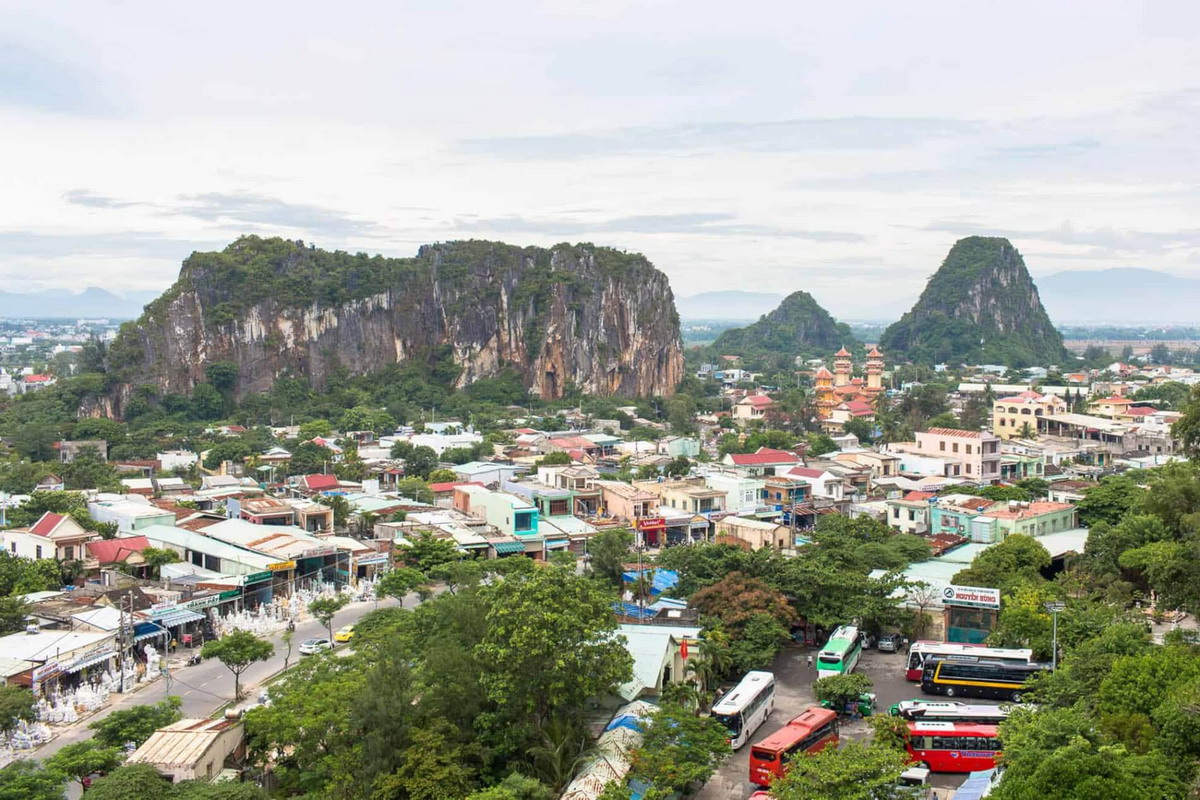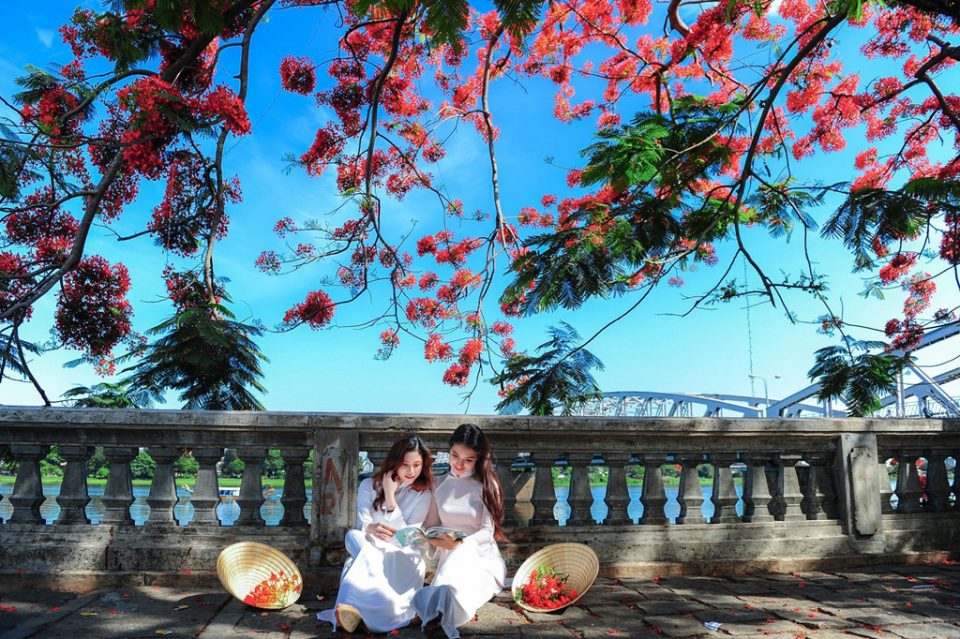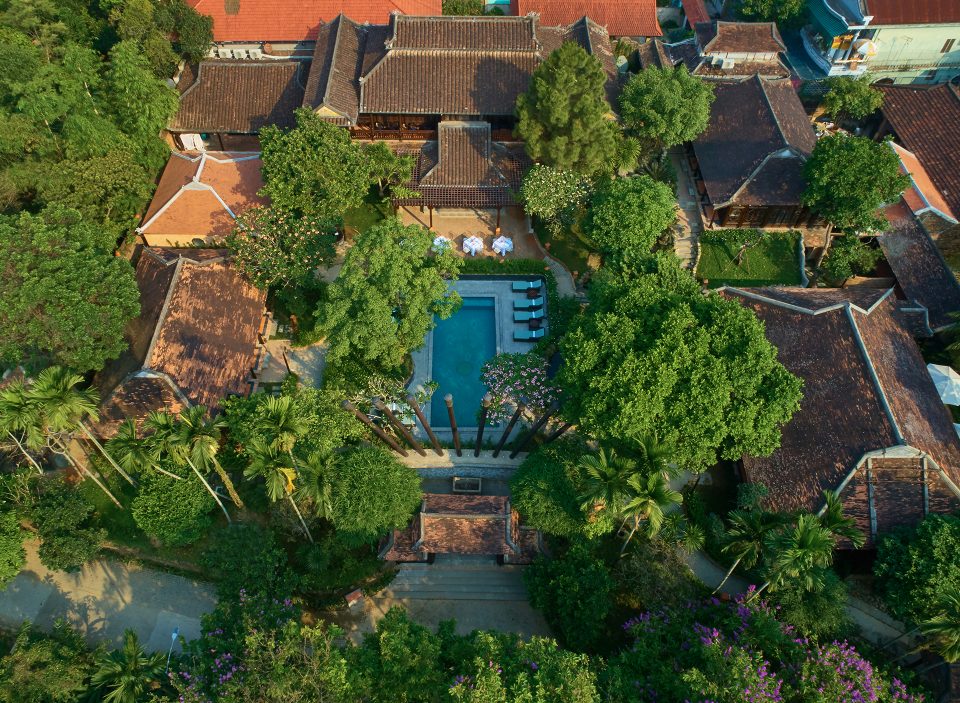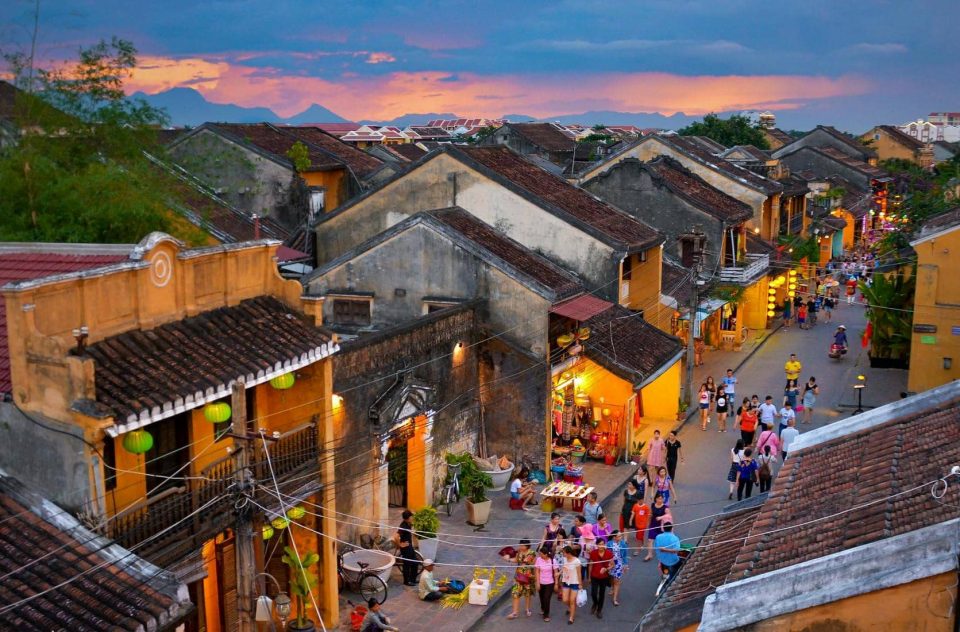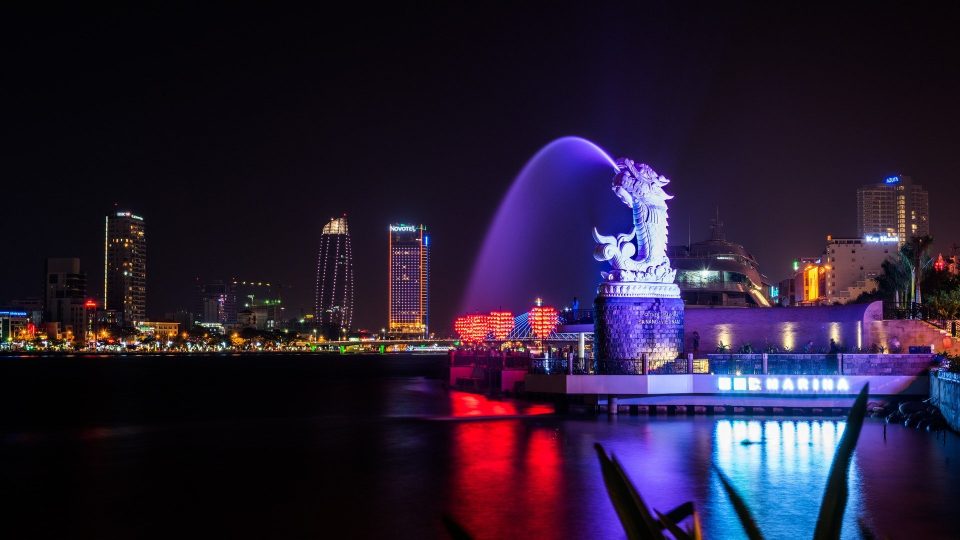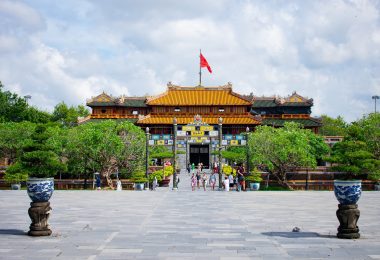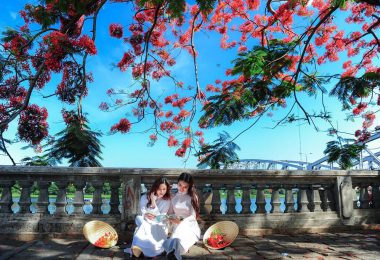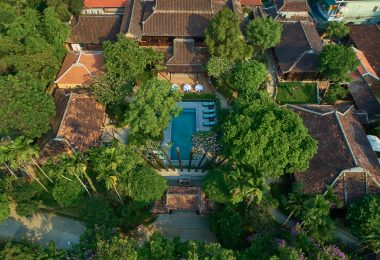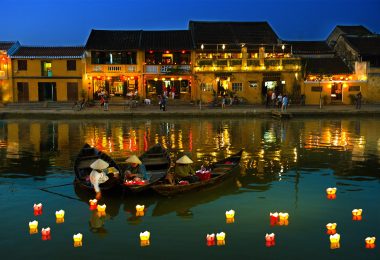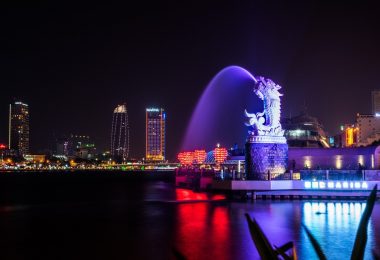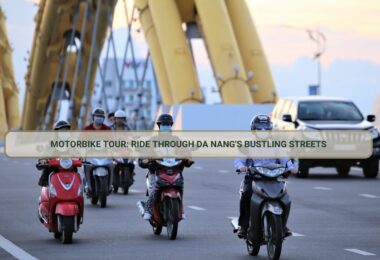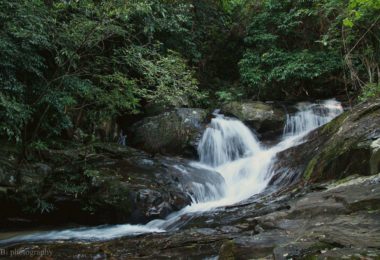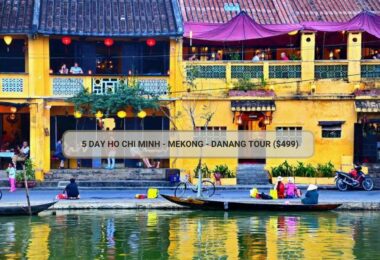Da Nang is a colorful city located on the coast of central Vietnam, with tremendous beaches, cultural heritages, and new attractions. Among the many places of tourist interest, the Da Nang Museum has remained appealing to people with an interest in the historical aspect and culture of this intriguing land. The museum is not just a home to thousands of historical antiques of objects, but it is also a journey through time and a quick glimpse into the development of this city. So, in the following article, we will take a look at what an extensive offer from this museum looks like, bit by bit, including history, layout, and what you might expect.
History and Some Background of Da Nang Museum
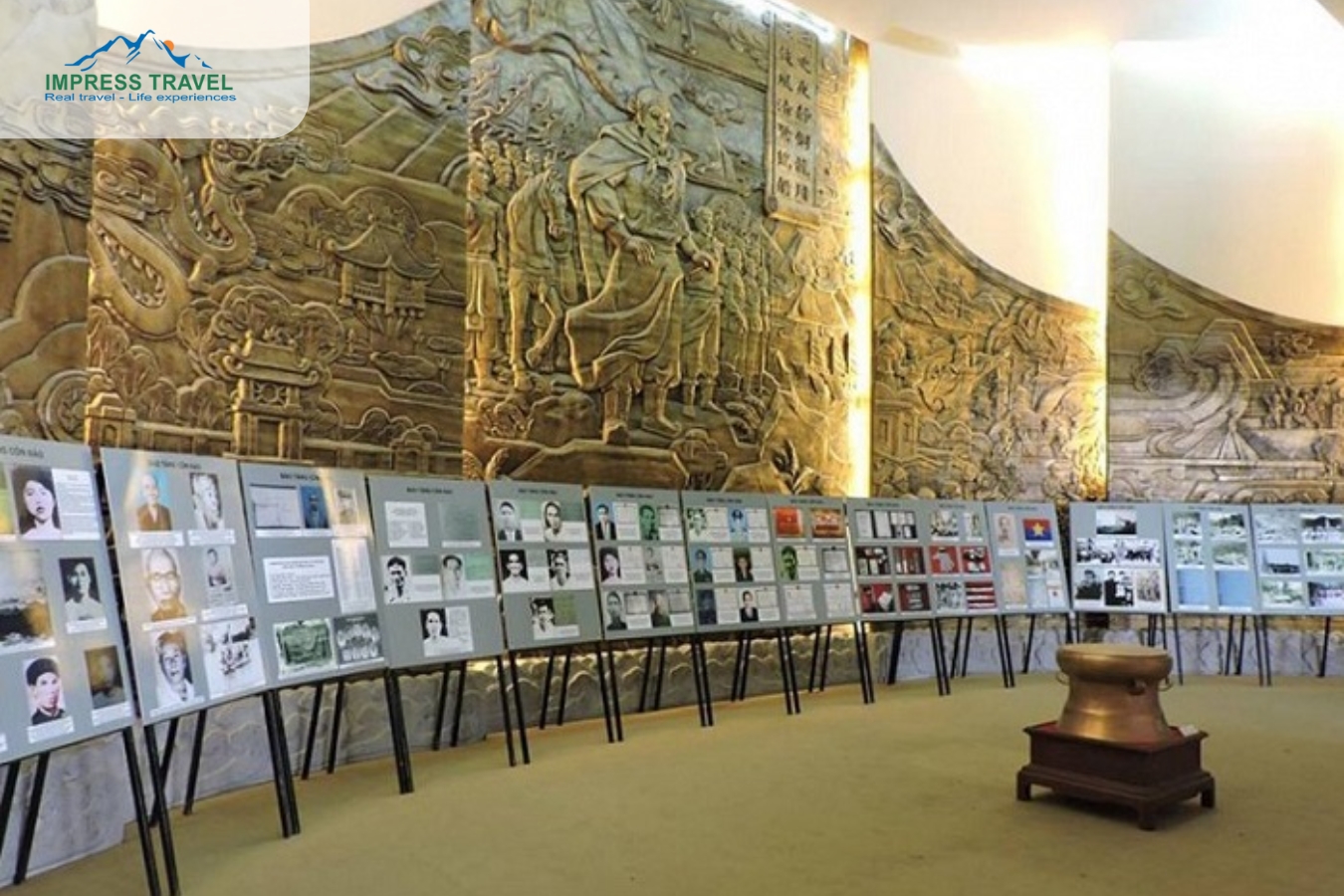
History and some context of Da Nang Museum
It was first established in 1989 and since then has been the basis of heritage, cultural, and historical preservation for the city. Later, it was re-opened and moved to its present location: 24, Tran Phu Street, Hai Chau District, situated in the historical building of the Dien Hai Citadel compound. This new location was well-suited for many more exhibits and better ways to learn. The process of moving was fully completed in 2011.
Later on, the museum collection grew to more than 2,500 artifacts, of which 1,900 are considered original pieces, giving quite a view into the natural and social history of Da Nang. This very dynamic history of the artifacts within the collection gives developments from a very humble origination as a small fishing village into a current, vibrant modern city. The museum serves to educate the local community and tourists about the heritage in the city, especially those connected with pre-historical relics and contemporary cultural artifacts.
Location and Access to Da Nang Museum
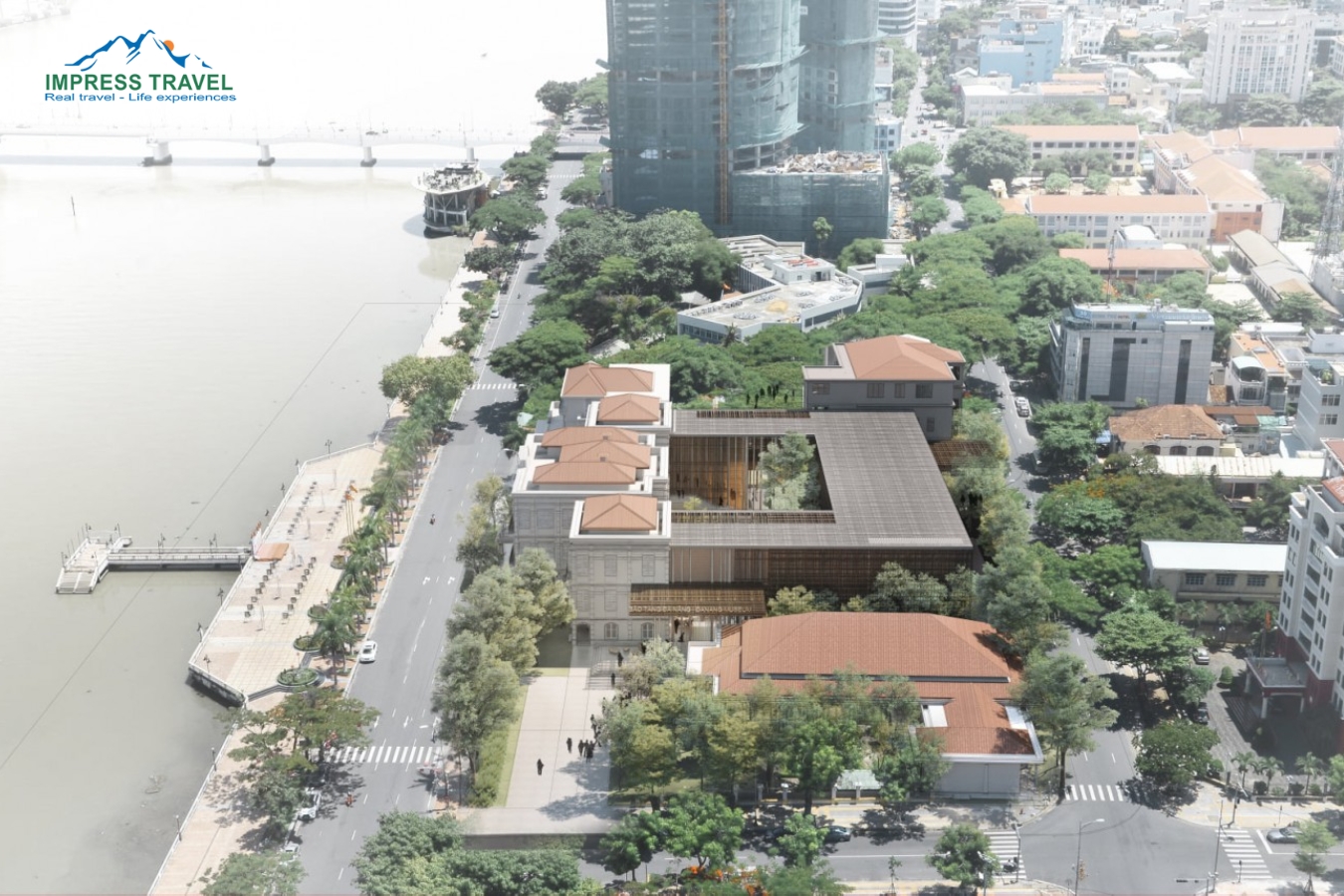
Location and entrance of the Da Nang Museum viewed from above
The Da Nang Museum is located at 24 Tran Phu Street, Hai Chau District, Da Nang, in the center of the Dien Hai Citadel, in a place that is quite central and surrounded by different parts of the city.
- By Motorbike: From the city center, head towards Tran Phu Street. The museum is prominently located in the very well-known and visited place of the Dien Hai Citadel compound.
- By Bus: There are many bus routes by which one can easily reach the museum. The museum is just a short walk away from the stops of any buses that stop at Tran Phu Street or any streets around this area.
- By Taxi or Private Car Services: For people who want comfort and convenience, you can easily find a taxi or private car service. Most Danang Tours also provide transfer services to the museum to make the visit easier.
Ticket Prices of Da Nang Museum
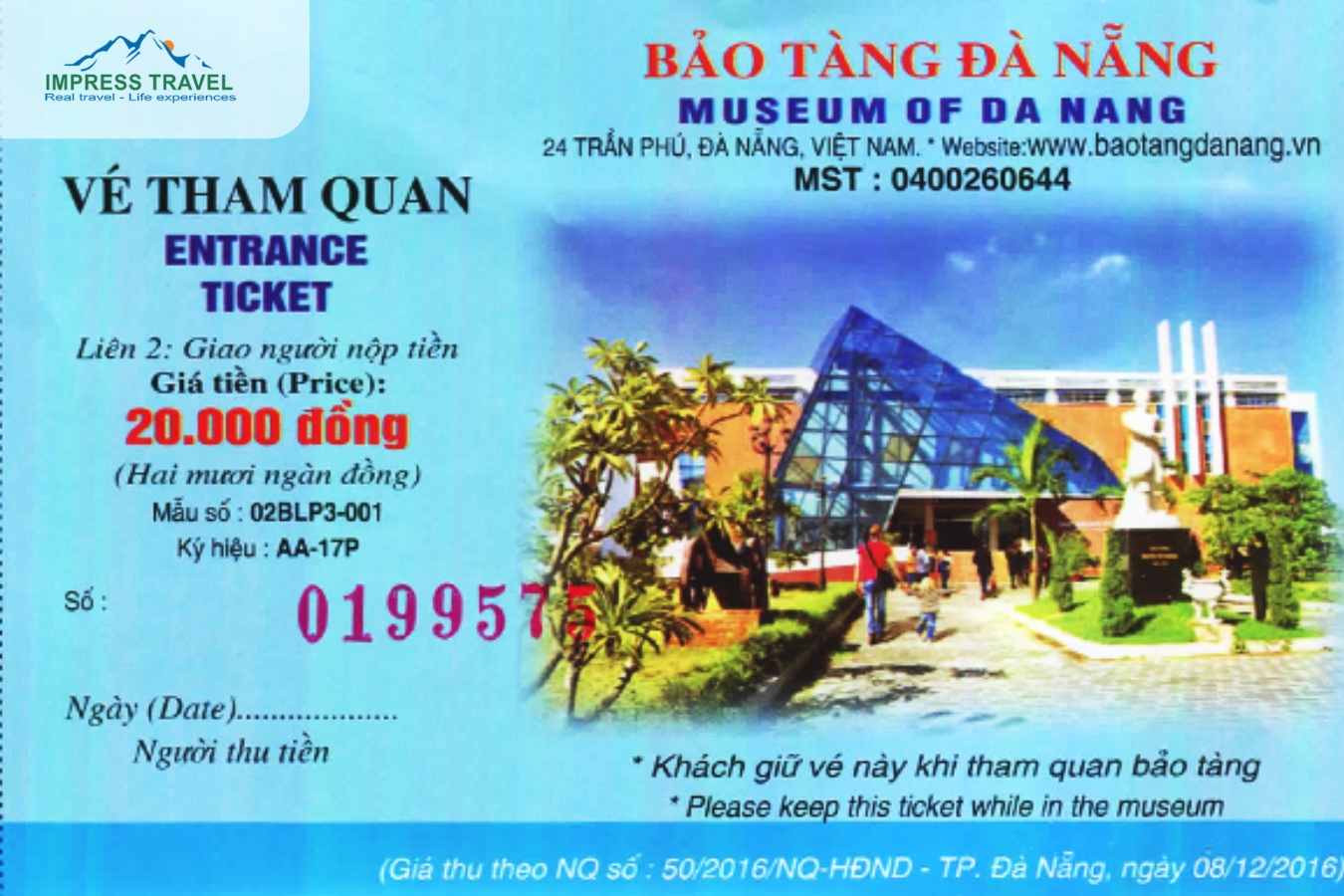
Ticket prices to visit and enter the Da Nang museum
The ticket prices at Da Nang Museum are also priced reasonably so that all categories of visitors can afford them:
Residents:
- Grown-up: 20,000 VND
- Children below 1.0 meters, students, residents of Da Nang and Quang Nam, the elderly, and those with disabilities have free entrance.
From overseas:
- Grown-ups: 40,000 VND
- Kids: 20,000 VND per ticket
The general public can visit the museum from 7:30 AM to 11:30 AM and 1:30 PM to 4:30 PM daily, except on Mondays. The best time to visit is from late morning to early afternoon because during that time, you avoid the crowd and it is very relaxed. Tickets can be easily bought at the museum’s ticket counter or, better yet, online from its official site to better plan your visit.
Introduction to the Design of the Da Nang Museum
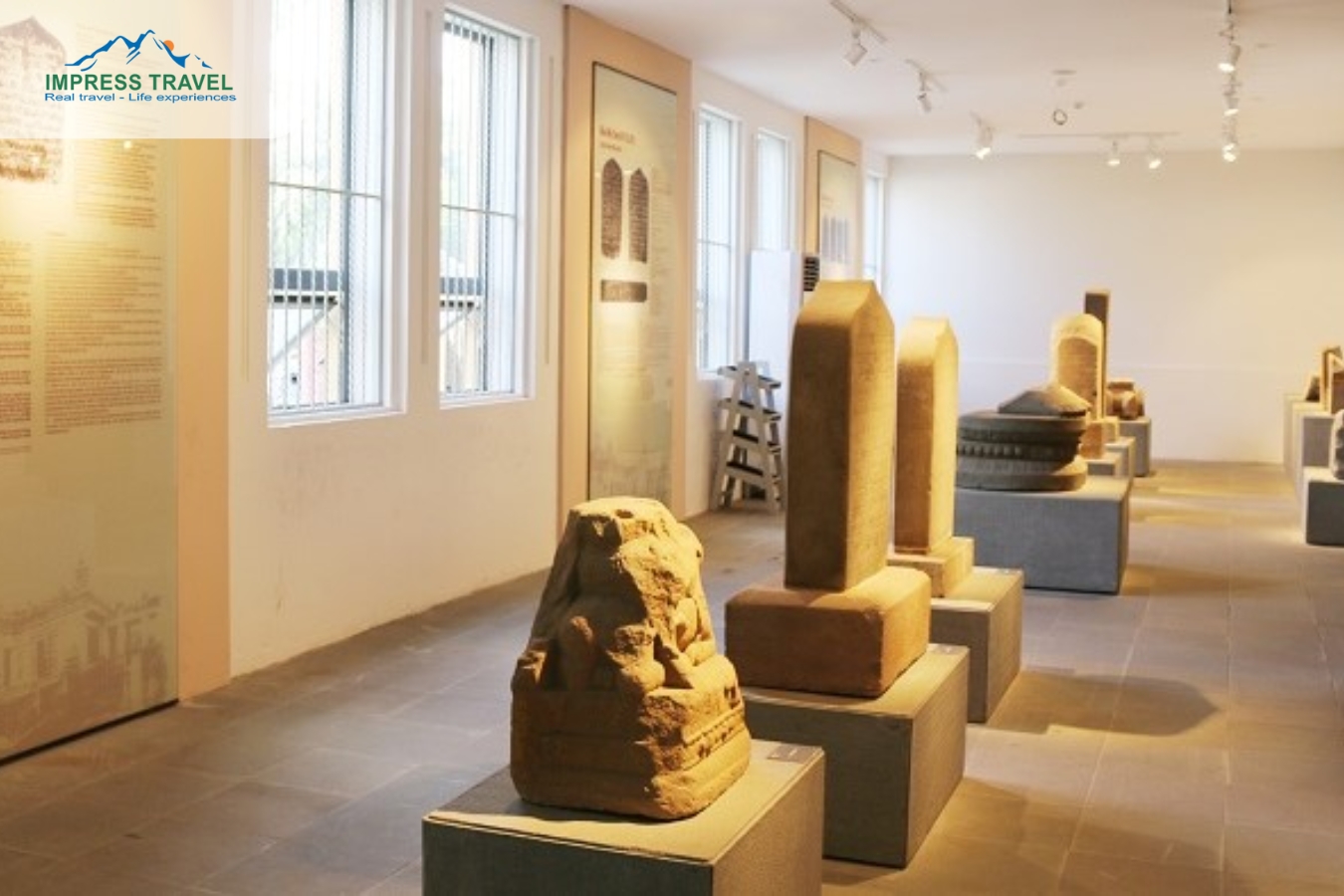
Introduction to the Design of the Da Nang Museum
The Da Nang Museum has three floors, each of which has been dedicated to different aspects of the rich heritage of the city. The total area of the museum equals 3,000 square meters and has in its exposition over 2,500 exhibits.
- First Floor: Ecosystems, Geology, and Prehistory of Da Nang, including the vestiges of prehistory and traditional handicraft products.
- Second Floor: Focuses on the revolutionary history of Da Nang, highlighting the city’s role in resisting French and American forces.
- Third Floor: Covers the cultural diversity in the region, displaying artifacts from the many ethnic communities found within Da Nang and Quang Nam.
The Da Nang Museum is interesting and should be considered an abundant resource for everyone.
Detailed Exploration of Each Floor
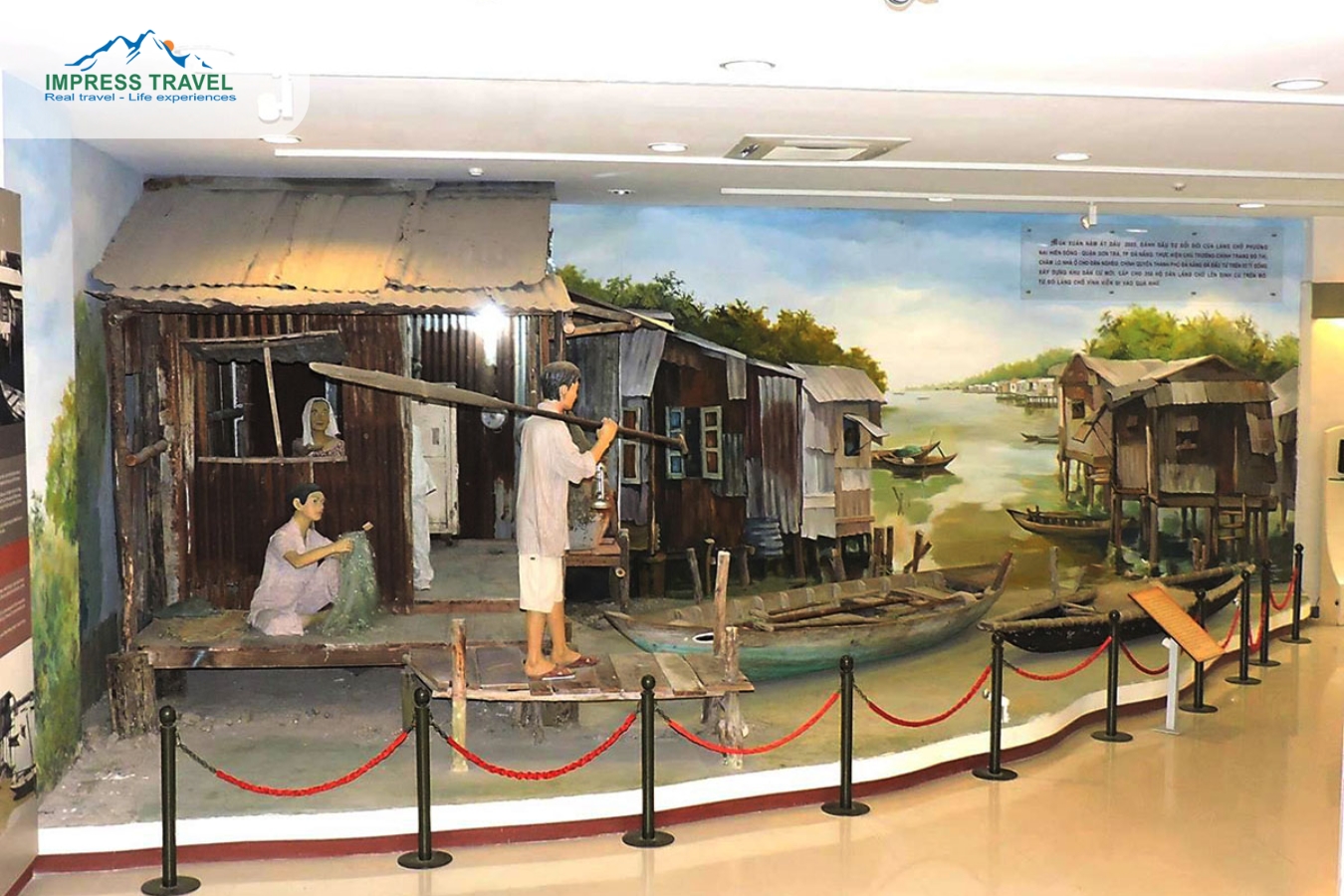
Explore each exhibition location in detail
First Floor: From Prehistoric to Modern Da Nang
The first floor of the Da Nang Museum gives a panoramic journey from prehistoric times down to the present day of Da Nang. This floor greets different exhibits of natural ecosystems, geology, and the climate of the area. The natural history section features a look at the biodiversity of Da Nang, presenting displays showing the rich marine life together with the diverse flora and fauna.
One of the most fascinating sections on this floor is the collection of historical artifacts that narrate prehistory. Such artifacts are invaluable in demonstrating the early human settlements of Da Nang, showcasing tools, pottery, and other items used by past inhabitants. This brief glance into history is evidence of a deep human occupation of the area.
Moreover, this floor also highlights traditional agriculture and handmade items that were a fine base for sculpting the local culture. Here, techniques used in rice cultivation, their fishing trade, and various agricultural activities are showcased. Particularly captivating within the Handicrafts section are the famed Tuy Loan rice paper, Nam O fish sauce, and beautiful Non-Nuoc stone carvings.
Second Floor: Da Nang Through the Wars
The second floor is devoted to the significant role of the Da Nang Museum in the resistance against French and American forces. This floor portrays a poignant and potent view of the struggles and triumphs of the local population during these turbulent periods in history.
Some of the exhibits are rich in artifacts and stories about the wars, providing plenty of detail on the strategic importance and bravery of people in Da Nang. Displays boast military equipment, personal belongings of soldiers, and photographs that describe the harsh realities of war. These exhibits not only honor the sacrifices made by the people of Da Nang but also serve to educate visitors on the historical background of the conflicts.
One highlight of this floor is the section on patriotic movements and revolutionary fighting. Visitors can learn about the series of uprisings and spontaneous resistance movements of the local people. It features multimedia and interactive displays through which visitors can understand the resilience and tenacity that marked Da Nang’s fight for independence.
Third Floor: Ethnic Communities and Cultural Heritage
The third floor of the Da Nang Museum offers a colorful expression of the cultural diversity in Da Nang and Quang Nam. This floor features exhibits on various ethnic communities that have shaped the rich cultural mosaic of this region.
Here, you will find an array of cultural artifacts including traditional clothing, jewelry, musical instruments, and weaving tools. Each item tells of the fascinating traditions and practices of ethnic groups such as the Cơ Tu, Xơ Đăng, and Giẻ Triêng. Visitors will learn about the intricate designs and skilled labor that went into making these items, as well as their significance in various cultural rituals.
One highlight is the section on traditional practices and community life. This area provides insight into the daily lives of these communities, including their agricultural practices and spiritual beliefs. The exhibits also highlight communal activities and festivals important for maintaining cultural identity and fostering social bonds. Additionally, the third floor features a small theater where visitors can watch documentary films about the city’s history and culture. These films provide dynamic and engaging insights into Da Nang’s heritage, offering additional context to the artifacts on display.
Recommendations for Visitor Advice
- Best Practices: Get there early. Fewer people, so you’ll proceed through the floors in a more organized manner. Mid-week, it’s generally less crowded than on the weekend, so target those days to wander through.
- Photography Tips: Museum lighting is designed to admire the artifacts, so do make sure to bring a good camera or a smartphone to click some good-quality pictures. Look for the perfect angles that do not reflect the light of the glass cases.
- Recommended Wear and Preparation: Dress comfortably in walking shoes, as there will be both walking and standing on your feet for a long. The Museum is air-conditioned, so layer up to ensure your comfort.
- Safety and Etiquette Guidelines: Although the museum is designed for interaction with various artifacts, viewers must remember to also follow the artifact’s permissive instructions. Follow the guidance of the museum’s staff and be considerate of others who are also guests visiting to enable everybody to have an awesome experience.
Conclusion
Da Nang Museum is one of the places to experience the historical and cultural heritage of the country, this is the way to show visitors a broad look at the transitions of different times, from the past to the current state. Its first floor displays natural ecosystems and prehistoric articles, the ones on the second floor with topics of evolutionary history, and those relevant to the rich cultural heritage on the third floor. One unique experience you don’t want to miss, be it as part of one of the many Danang Tours or exploring it single-handedly, is the Da Nang Museum.
Don’t forget to regularly follow our Fanpage and for more interesting information about traveling to Danang and to book Danang tours at the best prices.



































